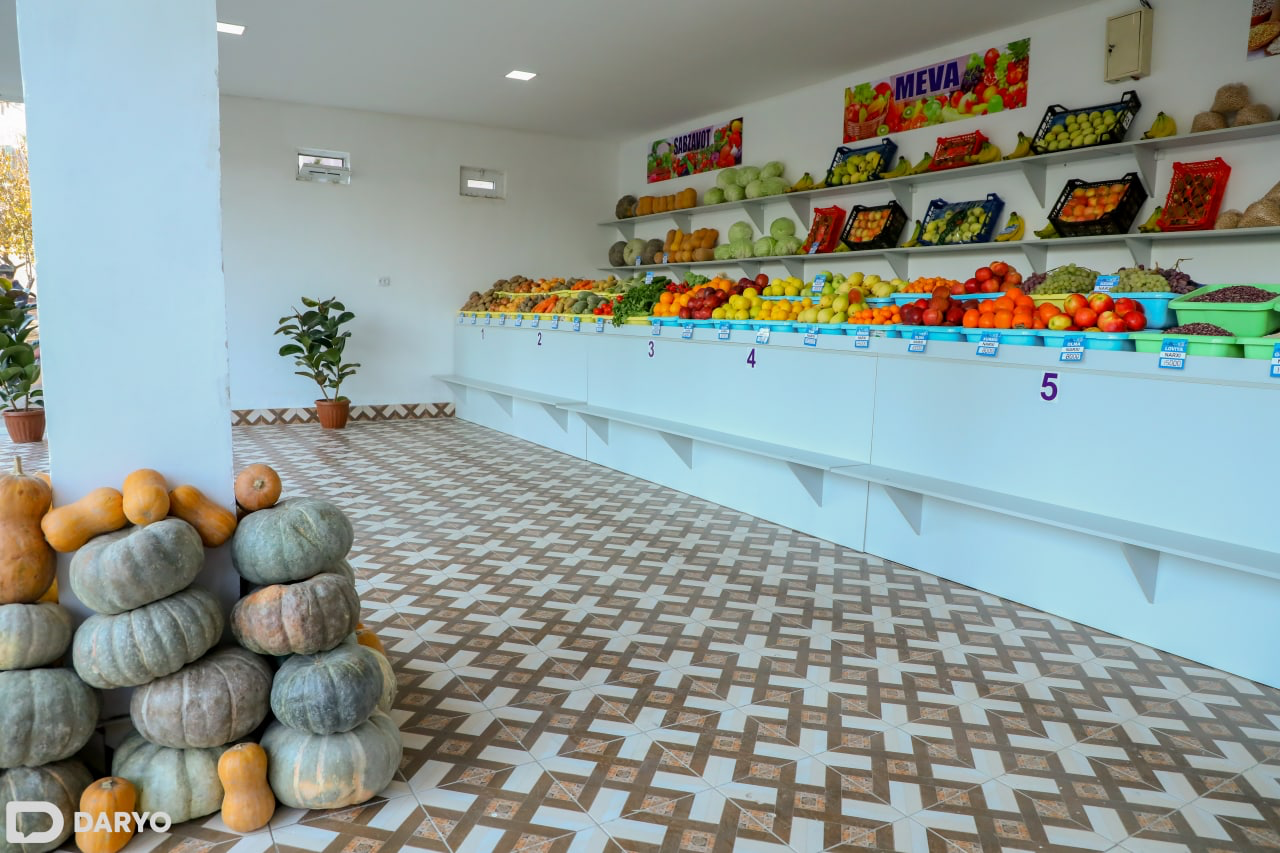In the first five months of 2024, Uzbekistan saw a surge in its export of fruits and vegetables, amounting to 722,100 tons valued at $420.1mn, according to the Statistics Agency. This marks a 10.4% increase in volume compared to the same period last year.

The primary export destinations for Uzbek produce were Russia, accounting for 32.7%, followed by Pakistan (19.7%), Kazakhstan (15.3%), and China (7.8%).
Despite these positive figures, the industry encountered unexpected turbulence in May 2024 when the government implemented minimum export prices for fresh produce.
The policy aimed to stabilize the market and prevent underreporting of export revenues. However, it has inadvertently created challenges for exporters and farmers alike, impacting Uzbekistan's economy.
The shift replaced previous price recommendations with fixed minimum prices, resulting in a rigid framework unsuitable for the dynamic nature of the fresh produce market. Uzbek exporters faced delays and increased costs, while competitors from neighboring Kazakhstan capitalized on the situation.
Kazakh exporters swiftly filled the gap in Russia, a key market for Uzbek produce, thus expanding their market share at Uzbekistan's expense.
Despite Uzbekistan's geographical advantages and favorable climatic conditions that enable early market entry, the stringent pricing policy has hindered exporters' ability to seize these opportunities.
Analysts from EastFruit stressed that these measures not only fail to support export growth but also introduce additional complexities detrimental to the sector.
The future trajectory of Uzbekistan's fruit and vegetable exports hinges on finding a balanced approach that supports market dynamics while ensuring regulatory stability, thereby fostering sustainable growth in the sector.
Follow Daryo's official Instagram and Twitter pages to keep current on world news.
Comments (0)